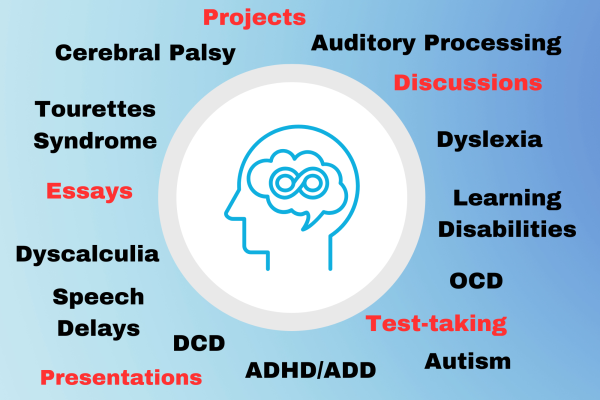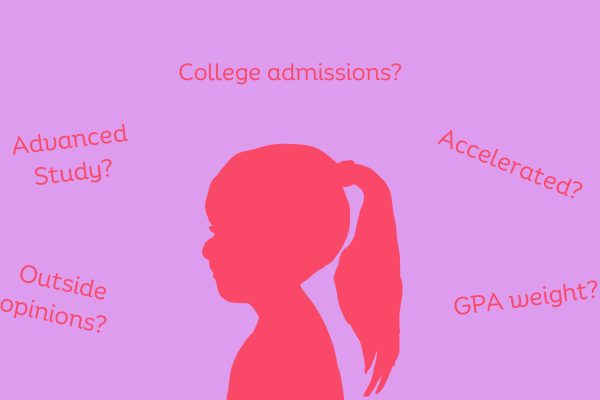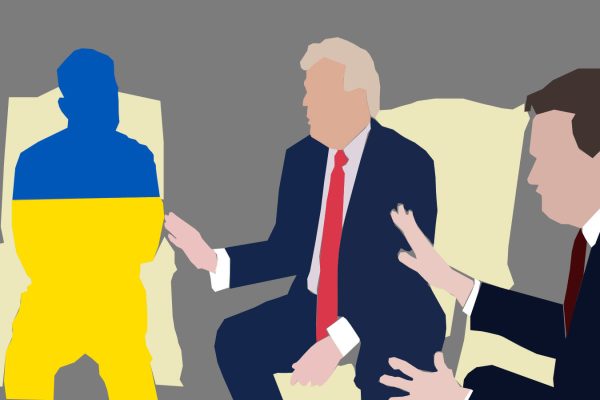Op-Ed: Alternative facts? Or a threat to democracy?
Let’s talk about the crowd size at Trump’s inauguration.
In the past few weeks, this has been a major focus, both in the media and in day-to-day conversations. And, to be very clear, the actual crowd size is not the issue here. It’s the White House’s reaction that makes the entire situation deeply troubling.
On Jan. 21 during a speech at the CIA, President Trump falsely claimed that his inauguration crowd had stretched “all the way back to the Washington Monument” and that there had appeared to be “a million and a half people” present.
Now, to be fair, he did acknowledge that it simply looked like a million and a half people to him, so maybe we can let it slide. What is more difficult to defend is his assertion that the onlookers reached the Washington Monument. According to photographs, it is apparent that supporters did not extend to the Washington Monument; they fell so short that it should have been obvious to President Trump from where he stood.
Later that day, White House Press Secretary Sean Spicer worsened the misinformation by stating that “this was the largest audience to ever witness an inauguration…in person.” This can be easily disproven by aerial shots taken of the National Mall, so Spicer went further, saying that white ground coverings highlighted the areas where people were not standing, resulting in a smaller looking crowd. In fact, the same white covering was used during the 2013 Obama inauguration, so comparisons of the two shouldn’t have been affected.
Spicer also claimed that increased security measures, such as fencing and magnetometers, prevented “hundreds of thousands of people” from being able to access the Mall. This was just blatant fabrication, as the Secret Service reported that security was largely unchanged from inaugurations past.
The following day, Trump’s senior adviser, Kellyanne Conway, appeared on Meet the Press. After host Chuck Todd repeatedly pressed Conway about the untruths uttered by Spicer, Conway said that the White House was seeking to provide “alternative facts” to the ones supplied by the press.
In order for something to be a fact, alternative or otherwise, it must be true. However, Spicer’s comments can be easily and indisputably proven wrong by photographic evidence. Conway’s assertion that the White House is promoting some sort of reality that the press is concealing is irresponsible and unfounded.
Conway’s attempts to delegitimize the press do more than temporarily rescue President Trump from embarrassment over his reduced crowd size — they call into question the very foundation of a democratic society.
The press is responsible for acting as a watchdog to the government. Though the government has checks and balances to prevent one branch from seizing power internally, the press is what keeps the institution as a whole from corruption. By undermining the credibility of the press, the Trump Administration suggests that it is the ultimate bearer of truth.
This could be the ultimate strategic move. If President Trump claims that the media is corrupt, he can cast doubt if any allegations of misconduct arise.
However, what is helpful to President Trump is unhelpful to democracy. By disputing media’s credibility, Conway (and by extension, the president she represents) has done immense damage to the concept of a free press. After all, if no one trusts the press, does it matter that it exists?
This is not a matter of political affiliation–it’s about whether you believe that the government should promote truths instead of falsehoods. It’s about whether you believe in a free and independent press instead of government propaganda. And most importantly, it’s about whether you believe that citizens have a right to know what is really going on within their government.
If any of the above statements ring true, then educate those around you about the fallacies promoted by our government. Call out those in power when they have the audacity to misinform citizens. Most importantly, though, prepare to fight on behalf of the press, because it could be a rough four years.

Anna Brodsky joined the Oracle staff in 2016. She took a hiatus for the 2017-2018 school year to fulfill her art credit by serving as copy editor for the...














Alexandra Chang • Feb 9, 2017 at 8:39 pm
Great article! Something I personally love about the Oracle is that we never publish “alternative facts.”
Isabella • Feb 9, 2017 at 2:30 pm
Great article Anna! This really opened my eyes and delivered the FACTS about this issue!!
Cat Oriel • Feb 9, 2017 at 1:47 pm
Great article, Anna! Good job taking a strong stance on an important issue.